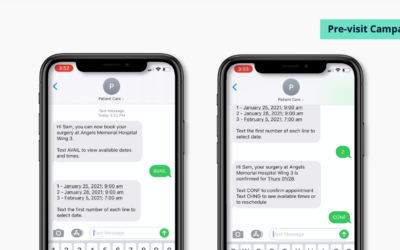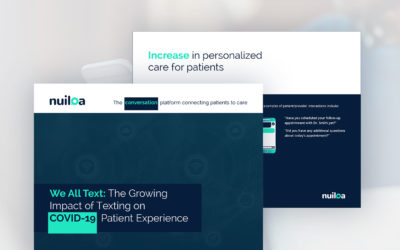Articles
RPA in the Healthcare Industry
Robotic Process Automation (RPA) might not be one of the first options discussed when considering the implementation of process automation in the healthcare industry, but it is a place where RPA has the potential for great transformation.
RPA is essential to streamlining back-office processes in order to eliminate paperwork and reduce the amount of time it takes to process files. However, RPA goes far beyond these simple tasks. It helps healthcare providers not only reduce costs and gain efficiency, but also increase the quality of patient care and the amount of time spent with patients.
Pre-Visit Voice & SMS Automated Scripts to Reduce Costs and Fill Appointments
6 Pre-Visit Scripts toReduce Admin Costs Infographic with Voice and SMS A.I Campaigns Streamline your access to care. The campaigns in this visual resource will show you how SMS and voice AI automation can minimize no-shows, expedite check-ins, and drive patient...
Growing Impact of Texting on the COVID-19 Patient Experience
In this complementary ebook, you will learn more about how healthcare providers are managing patient engagement and providing quality care by:
Embracing texting or SMS, voice and autodialers as patient communication solutions
Focusing on providing a unique patient experience
Staying on the cutting edge of healthcare communication


